In the history of hunting and foraging, wild birds have played an important role as a food source. Today, people still hunt some bird species for sustenance, while others are protected due to their ecological importance or endangered status. If you’re interested in foraging or hunting in the wild, understanding which birds are edible and which should be avoided is key. Commonly eaten wild birds include various species like ducks, quail, pheasants, doves, and pigeons. Each has its unique flavor profile and preparation method, contributing to a rich culinary tradition rooted in the outdoors.
1. Ducks
Ducks are among the most popular wild birds for hunting and consumption. They offer a substantial amount of dark, flavorful meat that’s slightly richer and more robust than chicken. Mallards and teal are common species, each with unique taste nuances. Duck meat is versatile and works well roasted, smoked, or grilled.
2. Quail
Quail are smaller birds with a delicate, mild flavor. Their meat is tender and considered a delicacy in many cultures, often served whole because of their small size. Quail are frequently found in the wild and are a popular choice for hunters who enjoy bird hunting as a sport and culinary experience.
3. Pheasants
Pheasants are larger than quail but share the same mild flavor, making them a favorite in game cuisine. Their lean meat is suitable for roasting or braising, often seasoned with herbs and spices. Due to their size, one pheasant can provide a substantial meal for two or more people.
4. Partridges
Partridges offer lean, tender meat with a slightly gamey taste. Similar to quail and pheasant, partridge is often served roasted or grilled. These birds are also popular among hunters and offer a unique flavor experience for those interested in game bird cuisine.
5. Doves and Pigeons
While commonly associated with city streets, doves and pigeons (specifically rock doves) are also hunted for food. Their meat is tender and slightly gamey. Some cultures view doves as a delicacy and incorporate them into traditional recipes. Pigeons are best prepared by roasting or stewing.
6. Wild Turkey
Wild turkey has lean, dark meat with a more intense flavor than domesticated turkey. Many hunters appreciate its unique taste, which is often complemented with herbs or brine before roasting. Wild turkey is a satisfying option if you’re looking for a hearty, wild bird meal.
Are There Any Birds You Can’t Eat?
Not all wild birds are suitable for consumption. Several species are unsafe to eat, either because they pose health risks or are legally protected. In most countries, laws protect certain birds to ensure biodiversity, preserve endangered species, and maintain ecological balance. Here are some birds you should avoid eating:
1. Scavenger Birds
Birds like vultures, crows, and ravens are typically off-limits for consumption due to their diet. As scavengers, these birds consume carrion and decaying organic matter, increasing the likelihood of exposure to harmful bacteria or toxins that could make humans sick. Furthermore, the meat of scavenger birds is often unappealing in taste and texture.
2. Birds of Prey
Raptors, including hawks, eagles, and owls, are protected in many regions due to their role in maintaining a balanced ecosystem. These birds help control populations of rodents and other small animals, making them crucial for ecological health. They are also often not considered edible, given their tough meat and legal protections.
3. Songbirds
While small and typically too delicate for most culinary uses, songbirds are generally protected due to their important ecological role in controlling insect populations and pollinating plants. Consuming songbirds is illegal in many areas, and some species are even endangered due to habitat loss.
Small Birds You Can Eat
Hunting and consuming small game birds is common in many cultures, especially where rural or outdoor lifestyles prevail. Some of the smaller game birds that people hunt and eat include quail, doves, and snipe.
1. Quail
As mentioned earlier, quail are known for their mild, delicate flavor and tender texture. Their small size allows them to be roasted or grilled whole, often seasoned with herbs or spices to enhance their flavor.
2. Doves
Doves are similar in taste to pigeons but are smaller and have a slightly milder flavor. They are popular in game cooking due to their tender meat and versatility. Doves can be roasted, grilled, or even stuffed.
3. Snipe
Snipe are small, migratory birds with dark, rich meat. They are typically enjoyed by game hunters and are often roasted or stewed. Snipe meat has a gamey flavor, which some consider an acquired taste.
What Birds Are Not Edible?
Many wild birds are not suitable for consumption due to dietary habits, health risks, or legal protections. Scavenger birds, birds of prey, and songbirds fall into this category. Eating certain waterfowl in polluted areas may also pose health risks due to potential toxin exposure.
Some examples of inedible birds include:
- Vultures: Scavengers, vultures carry pathogens from carrion, making them unsuitable for human consumption.
- Eagles and Hawks: Protected by law in most places, raptors also have tough, lean meat.
- Certain Waterfowl: Birds in polluted areas, like urban ponds, may carry toxins due to exposure to chemicals and heavy metals.
What Is the Best Bird Meat to Eat?
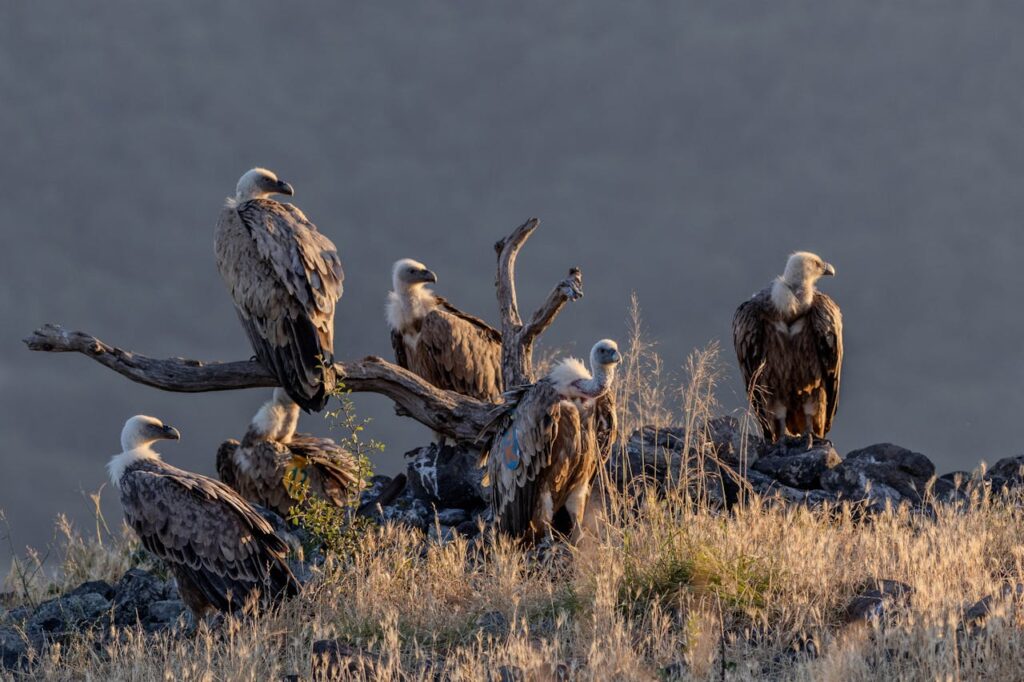
When choosing bird meat for flavor and quality, several types stand out. Game birds like pheasant, duck, and quail are widely regarded as having the best flavors and textures. Wild turkey is also a favorite among hunters and provides a hearty meal.
1. Pheasant
Pheasant meat is lean and slightly gamey, with a delicate flavor. It’s versatile in the kitchen and often roasted or used in stews. Pheasant pairs well with herbs, root vegetables, and even fruits like apples and pears.
2. Duck
Duck meat is fattier and has a richer, more intense flavor than many other birds. Often likened to red meat, duck can be cooked in various ways, such as roasting, grilling, or braising. Its fat content allows for crispy skin, adding texture and flavor.
3. Quail
Quail is tender, flavorful, and easy to cook. Its small size makes it perfect for individual servings and suitable for grilling or roasting whole. Quail pairs well with fruit glazes, spices, and herbs, making it versatile and delicious.
4. Wild Turkey
Wild turkey has a distinct, rich flavor compared to the milder taste of domesticated turkey. Wild turkey meat is leaner and less fatty, making it a popular choice for those seeking a unique turkey experience.
What is Safe for Birds to Eat?
Feeding birds, whether wild or domesticated, requires a good understanding of what foods are safe and nutritious. Many natural foods are safe and even beneficial for birds, but some human foods can be harmful.
1. Seeds
Birds thrive on a variety of seeds, with sunflower seeds, millet, and cracked corn being popular choices for backyard feeders. Black oil sunflower seeds are particularly nutritious for wild birds, providing energy and essential nutrients.
2. Nuts
Nuts are a great source of protein for many birds. Peanuts, almonds, and walnuts are safe options, but they should be offered in moderation and unsalted. Crushed or chopped nuts are ideal for smaller birds.
3. Fruits
Fresh fruits like apples, berries, and grapes are excellent for birds, providing them with natural sugars, fiber, and antioxidants. Oranges are also a favorite among certain bird species, particularly in the spring and summer.
4. Vegetables
Leafy greens, carrots, peas, and corn are safe for birds and add variety to their diet. Vegetables should be fresh, as spoiled food can be harmful.
Foods to Avoid
Certain foods are toxic to birds, including avocado, chocolate, caffeine, alcohol, onions, and garlic. Additionally, foods high in salt, sugar, and fat, like chips, crackers, and processed snacks, can lead to health issues.
In summary, while many wild birds provide nutritious and delicious meat, certain species are not edible due to health risks or legal protections. Edible game birds, like ducks, pheasants, and quail, offer varied flavors and can be prepared in diverse culinary styles. For those feeding birds at home or in the wild, understanding safe food options ensures the health of the birds and keeps harmful foods out of their reach. Always check local hunting regulations, as they vary by species and region, and remember that bird conservation is crucial for ecological balance.
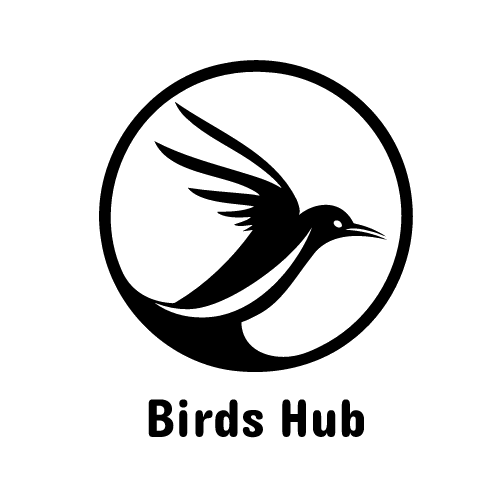
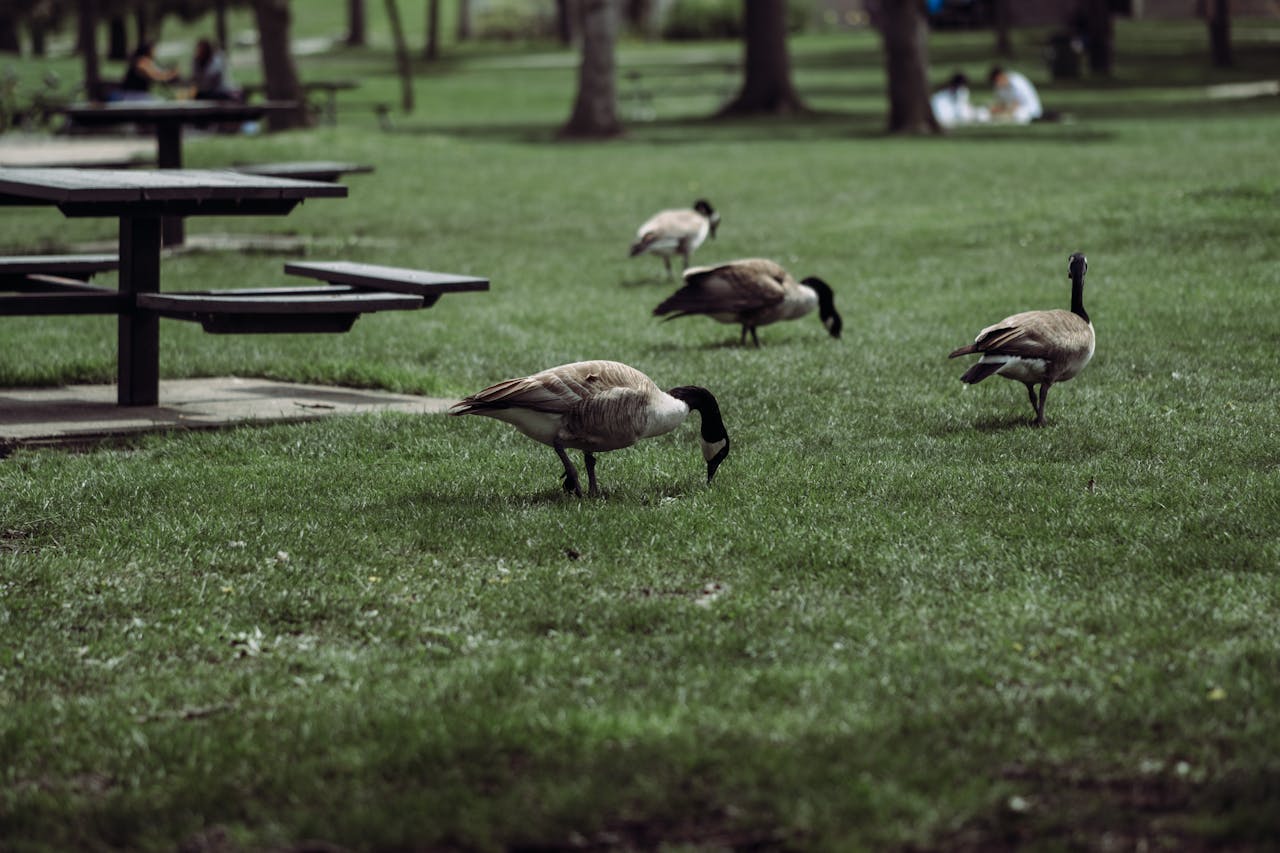
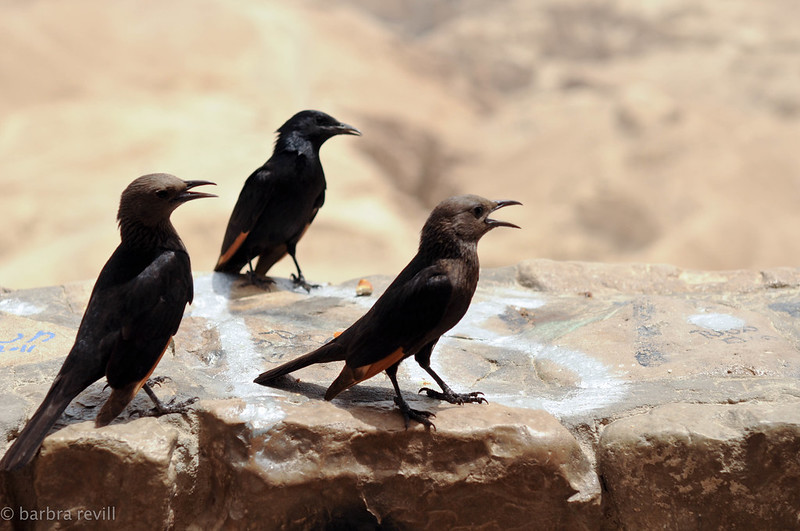

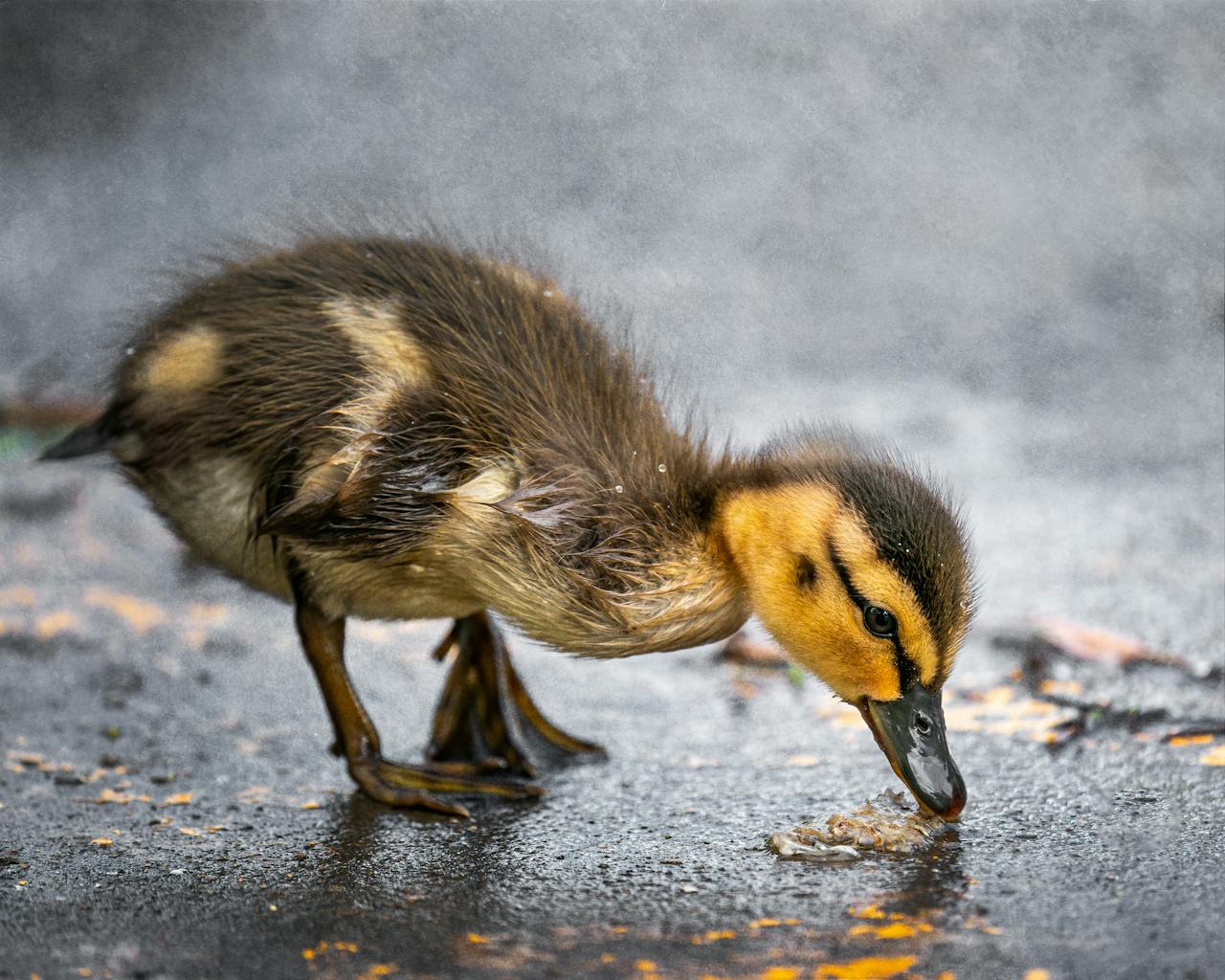
Leave a Reply